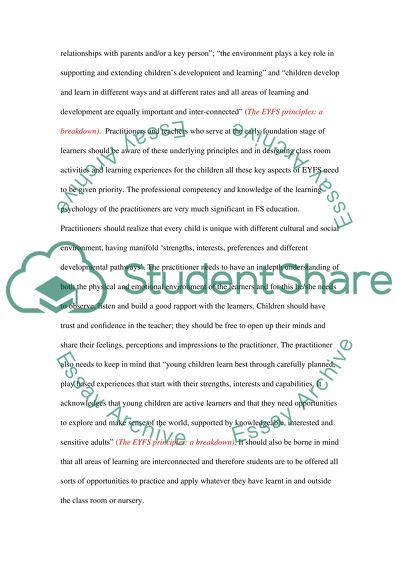Cite this document
(“The Role of Cultural Development in the Early Years Foundation Stage Essay”, n.d.)
Retrieved from https://studentshare.org/miscellaneous/1551958-the-role-of-cultural-development-in-the-early-years-foundation-stage-curriculum
Retrieved from https://studentshare.org/miscellaneous/1551958-the-role-of-cultural-development-in-the-early-years-foundation-stage-curriculum
(The Role of Cultural Development in the Early Years Foundation Stage Essay)
https://studentshare.org/miscellaneous/1551958-the-role-of-cultural-development-in-the-early-years-foundation-stage-curriculum.
https://studentshare.org/miscellaneous/1551958-the-role-of-cultural-development-in-the-early-years-foundation-stage-curriculum.
“The Role of Cultural Development in the Early Years Foundation Stage Essay”, n.d. https://studentshare.org/miscellaneous/1551958-the-role-of-cultural-development-in-the-early-years-foundation-stage-curriculum.


